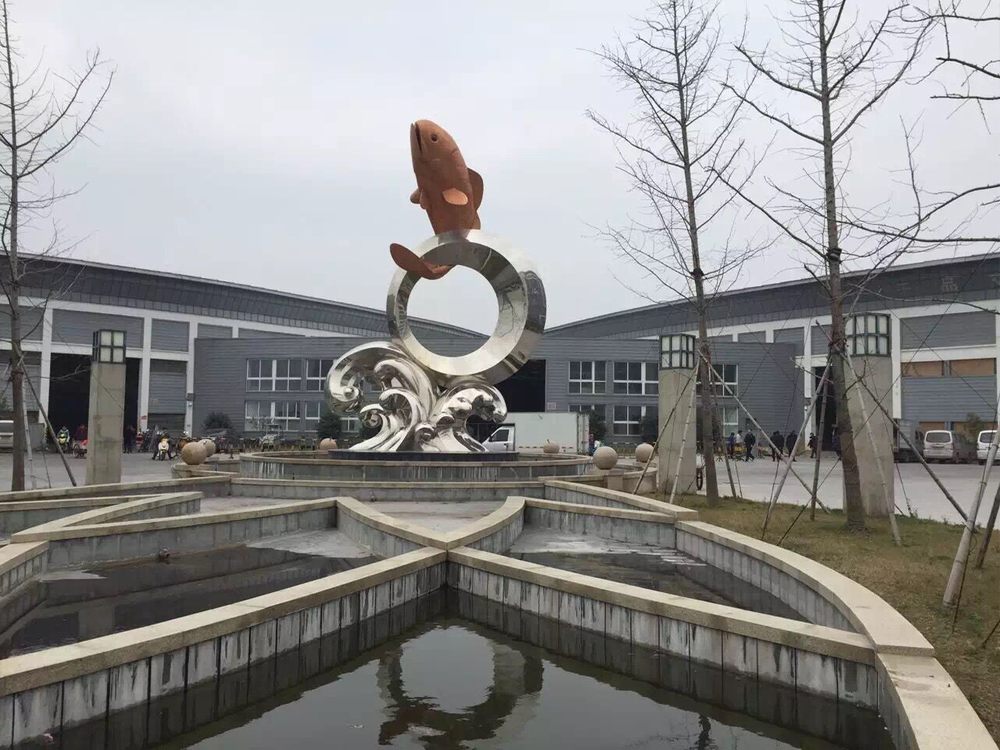
Bronze sculptures have long captivated audiences with their timeless beauty, but contemporary artists are now using this ancient medium to challenge fundamental perceptions of materiality. Through innovative techniques and conceptual approaches, sculptors transform the heavy, rigid nature of bronze into works that appear weightless, fluid, or even ephemeral.
The process begins with a radical rethinking of traditional casting methods. Artists like Ursula von Rydingsvard employ complex mold-making techniques that preserve organic textures, making bronze appear as fragile as paper or as soft as fabric. Others, such as Anish Kapoor, manipulate polished surfaces to create optical illusions that deny the material's solidity.
Modern foundries have developed specialized patinas that alter bronze's characteristic warmth, producing cool blues or matte grays that confuse material identification. Some artists combine bronze with unexpected materials - embedding glass elements or combining with resin - to create hybrid forms that question definitions of solidity.
Conceptually, artists use bronze's cultural associations (permanence, value, tradition) against itself. Ai Weiwei's fragmented bronze casts of everyday objects comment on cultural preservation, while Thomas Houseago's deliberately "unfinished" works expose the fabrication process, revealing the material's true nature beneath artistic illusion.
The most groundbreaking works employ scale manipulation - massive pieces appearing delicate or small works conveying monumental presence - forcing viewers to reconcile visual perception with material reality. This perceptual tension creates the powerful experience of seeing the familiar become unfamiliar, the permanent appear transient, and the heavy seem weightless - all through the alchemy of artistic vision applied to bronze.

